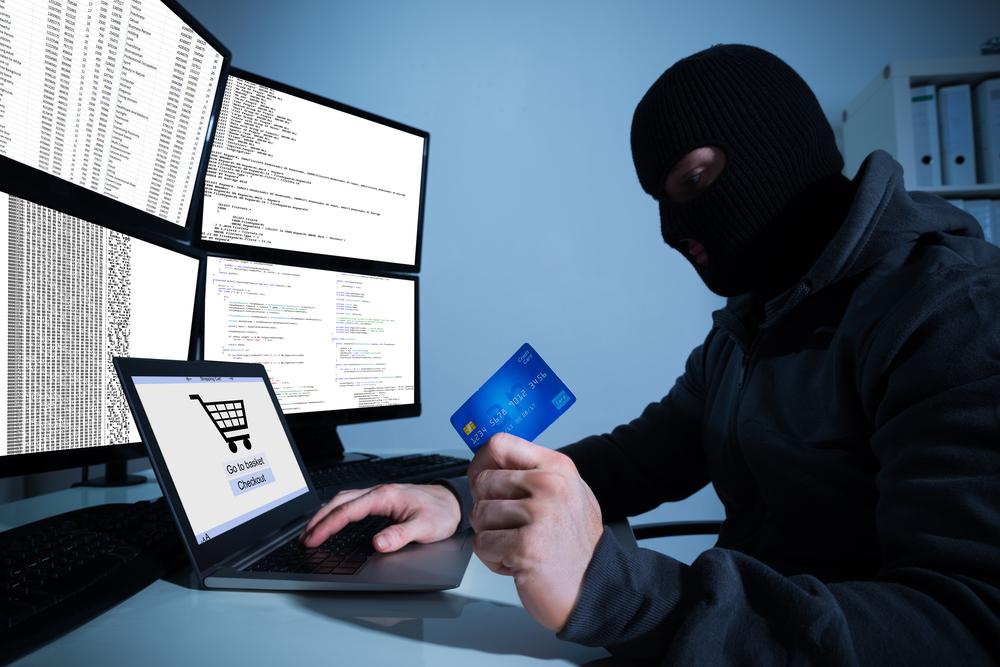Key Factors to Consider Before Saving Your Credit Card Details Online for Enhanced Security
This comprehensive guide explores essential considerations before saving credit card details online, emphasizing security best practices. Understand the risks of data breaches, learn how to choose secure platforms, monitor your accounts regularly, and adopt cybersecurity habits to protect your financial information in the digital shopping landscape. Practical tips include using trusted sites, enabling security features, and avoiding unnecessary storage of payment data. Empower yourself with knowledge to navigate online transactions safely and prevent fraudulent activities effectively, ensuring your money stays protected in the digital world.

Key Factors to Consider Before Saving Your Credit Card Details Online for Enhanced Security
In today’s digital shopping landscape, many consumers find convenience in saving their credit or debit card information on e-commerce platforms. This practice allows for faster, more streamlined checkout experiences, saving time and effort during each transaction. When you enter your payment details online and agree to store this data, it simplifies future purchases and minimizes the need to re-enter sensitive information every time. However, despite these benefits, it’s essential to understand the security risks involved and how to mitigate them effectively.
Online storage of payment information is a double-edged sword. While it offers unmatched convenience, it also exposes your financial data to potential threats. Websites and online stores can become targets for hackers, and data breaches are unfortunately a common occurrence in the digital world. When stored on insecure or poorly protected sites, your credit card details become vulnerable to unauthorized access, which can lead to financial loss, fraud, and identity theft. Knowing how to protect your financial information is critical in navigating online shopping safely.
First, ensure that the platform you are using has robust security measures in place. Look for sites that utilize HTTPS encryption, which indicates that the data transmitted between your browser and the website is encrypted and secure. Reputable sites like Amazon, Apple, and other well-known retailers invest heavily in cybersecurity and have dedicated teams to prevent breaches. Nonetheless, even on trusted sites, users should remain vigilant. Avoid saving your card details on lesser-known or unverified websites, as these are more likely to lack proper security protocols, increasing your risk of exposure.
Another vital aspect is understanding the type of card information you choose to save. It’s generally safer to store credit card details rather than debit card information. Credit cards often come with better fraud protection policies, limiting your liability in case of unauthorized transactions. Moreover, consider whether you need to save your card details at all. Many consumers prefer to manually enter their payment information with each purchase—though slightly less convenient, this extra step can significantly reduce the risk of ongoing exposure if a site’s security is compromised.
Keeping an eye on your financial accounts is an essential practice. Regularly monitoring your bank and credit card statements helps you detect any suspicious activity early. Many banks and credit card companies also offer optional alerts that notify you of transactions above a certain amount or specific activities. Take advantage of these tools to stay informed about your account’s status. Additionally, consider reviewing your credit reports periodically. Early detection of anomalies or unauthorized accounts can prevent further damage and assist in resolving fraudulent activities promptly.
In the era of cyber threats, safeguarding your financial data requires more than just trust in the website. Employ strong, unique passwords for your online accounts and enable two-factor authentication whenever available. Never reuse passwords across multiple sites, as a breach in one could compromise others. Use reputable password managers to keep track of your login credentials securely. Also, keep your devices, browsers, and security software up to date with the latest patches and updates to close vulnerabilities that hackers might exploit.
Additionally, beware of phishing scams and suspicious emails that request sensitive information or direct you to fake login pages. Always verify the authenticity of the websites before entering any credit card details, and avoid clicking on suspicious links or attachments. When using public or shared Wi-Fi networks, refrain from entering sensitive financial data; instead, use a trusted Virtual Private Network (VPN) for extra encryption. These precautions are vital in preventing cybercriminals from intercepting your data during transmission.
To further protect yourself, take advantage of features like virtual card numbers or one-time-use payment tokens offered by some banks and credit card companies. These tools create a temporary, unique number for each online transaction, providing an additional layer of security. If your financial institution offers such options, consider using them whenever possible to reduce the risk of your primary card information being compromised.
In conclusion, while saving credit card details online presents undeniable convenience, it is not without risks. By choosing reputable sites, enabling security features, regularly monitoring your accounts, and practicing good cybersecurity habits, you can significantly mitigate potential threats. Staying vigilant and informed is the key to enjoying the benefits of online shopping without jeopardizing your financial security. Remember that protecting your financial data should be an ongoing, proactive process, since cyber threats continue to evolve and become more sophisticated with each passing year. Your awareness and cautious approach will ensure your money remains safe in the digital marketplace.
Follow us on social media for updates on credit card security and digital safety tips. Regularly review your bank and credit card statements to catch unauthorized transactions early. Use banking apps to monitor your accounts conveniently and set up alerts for suspicious activities. Remember, safeguarding your financial information is a continuous process that requires vigilance and proactive measures. In today’s digital age, staying informed and cautious is essential to maintain your financial health and security.




